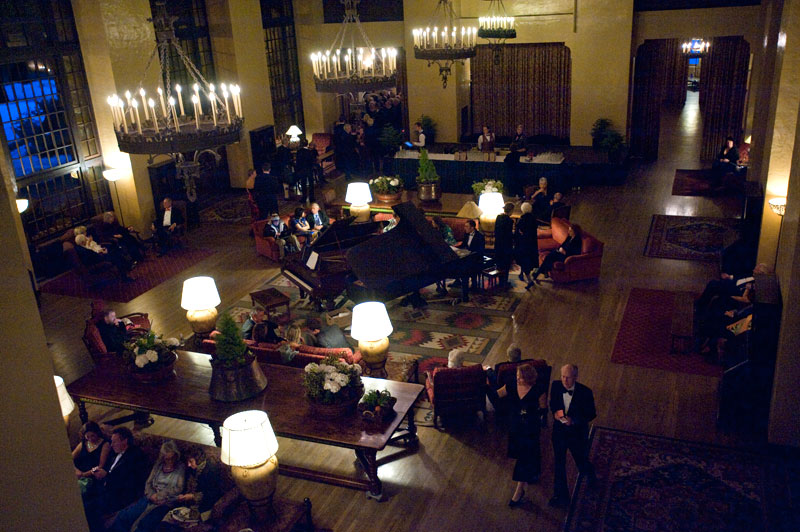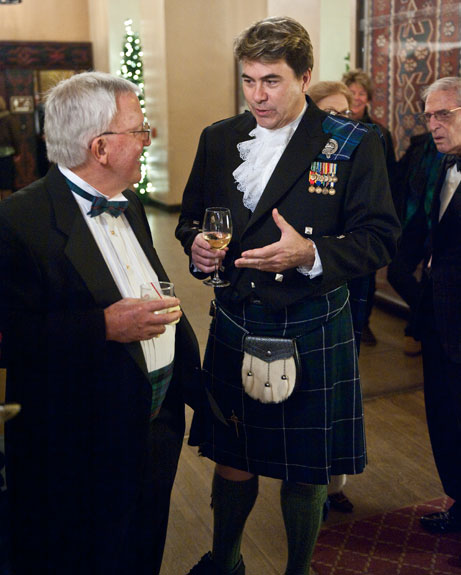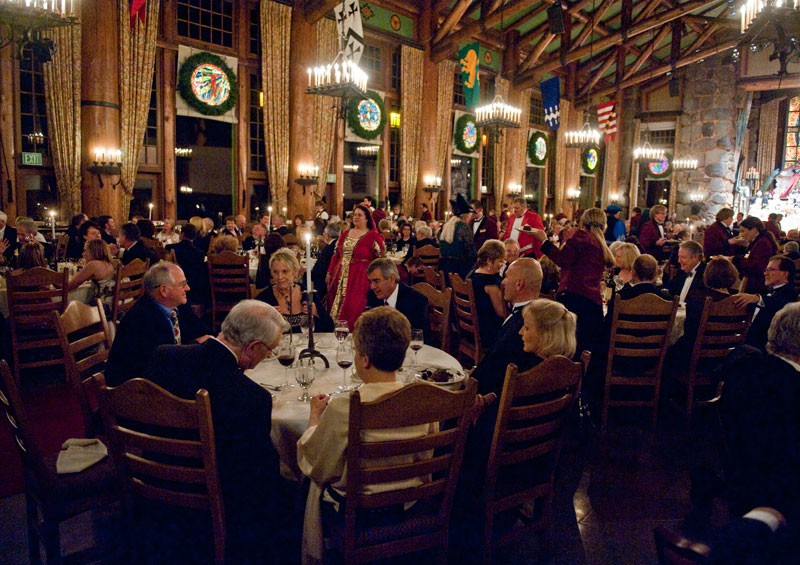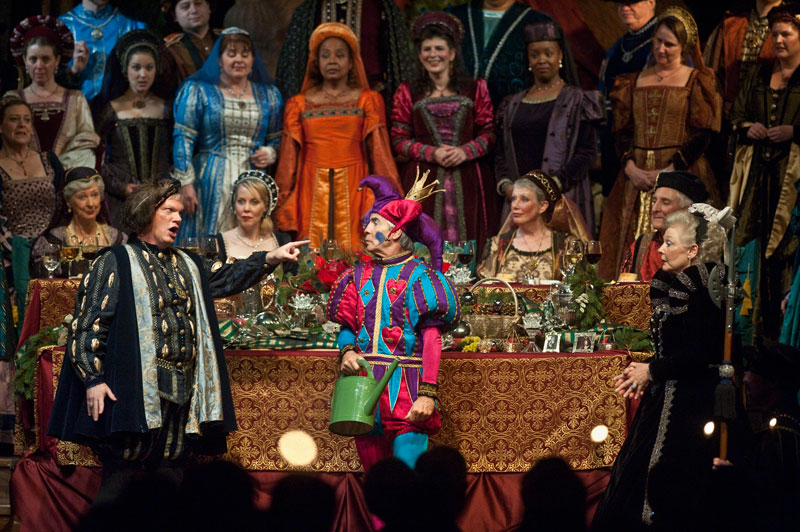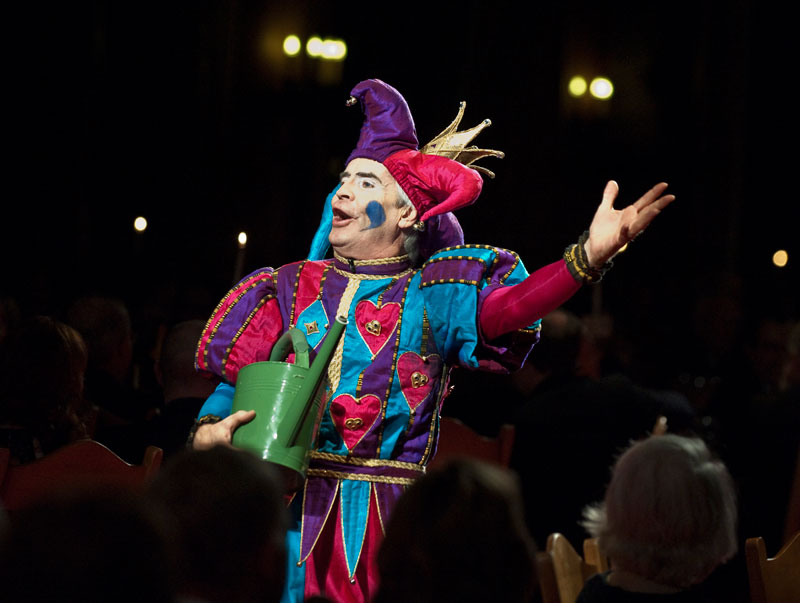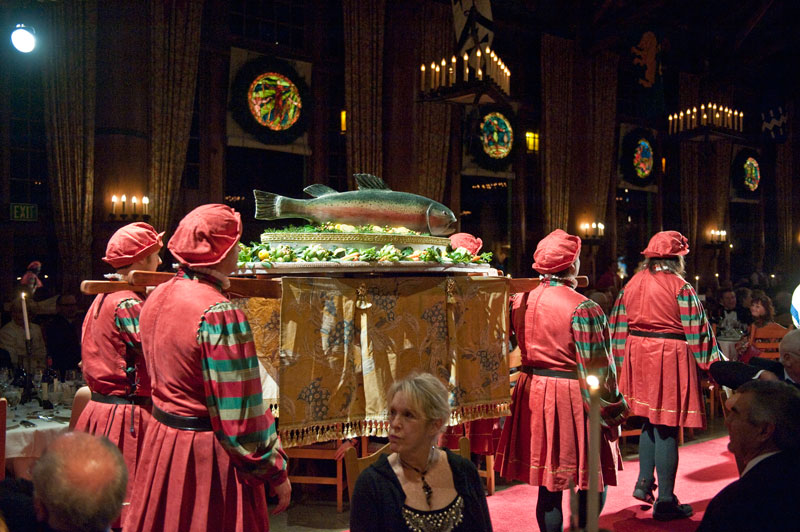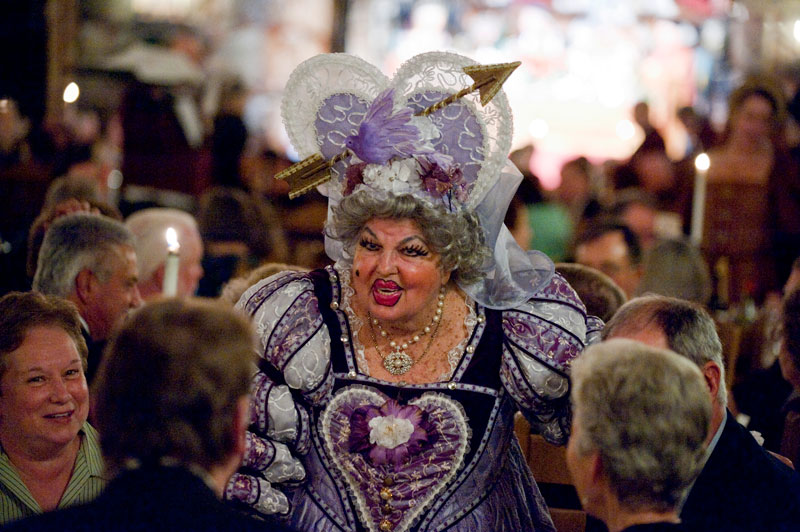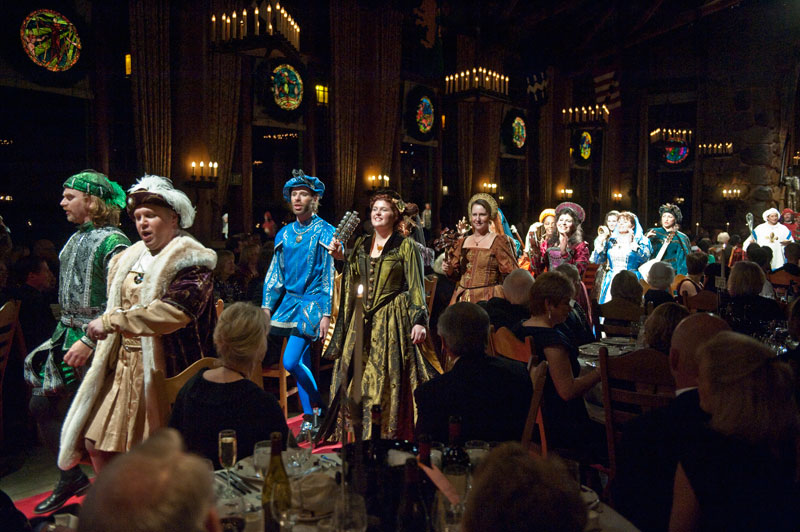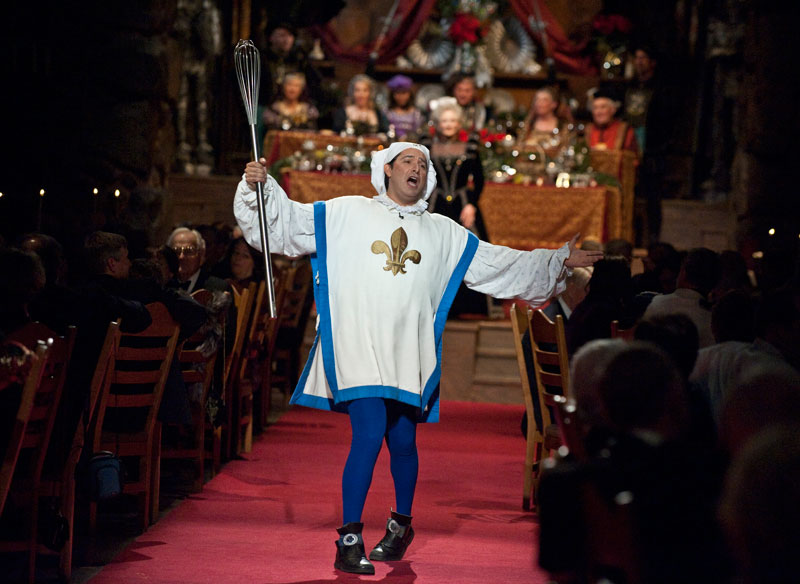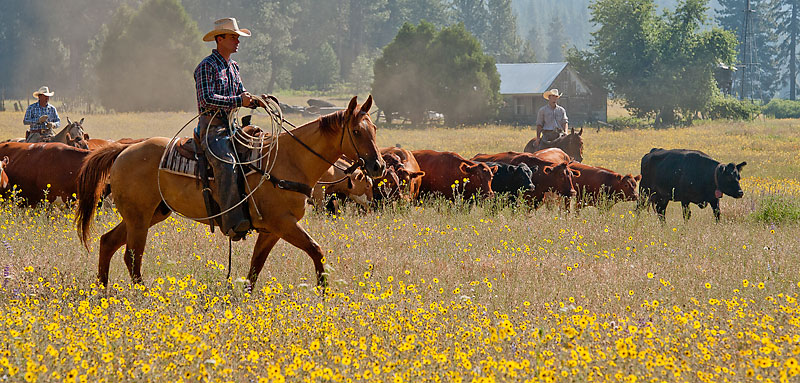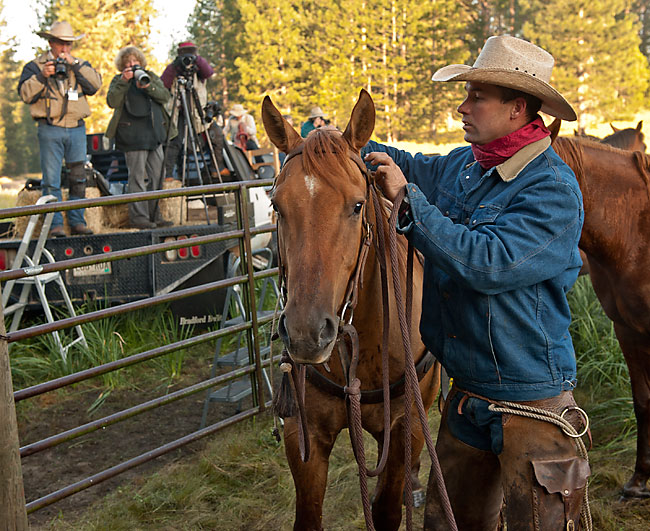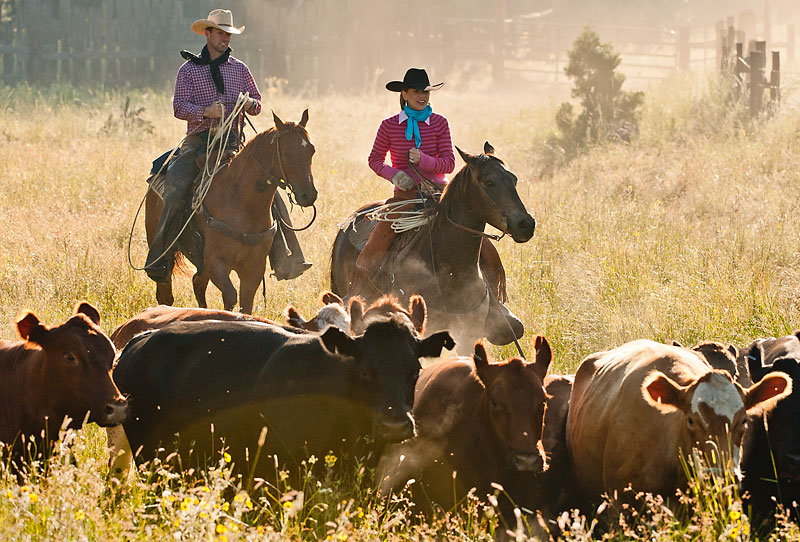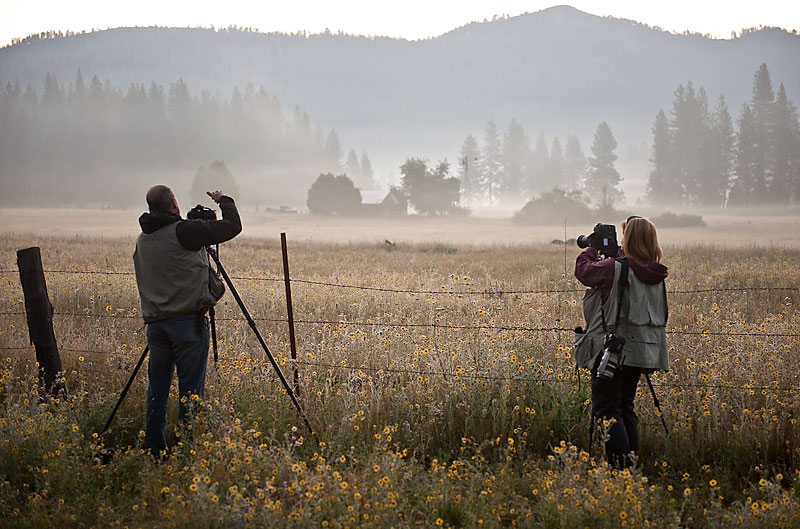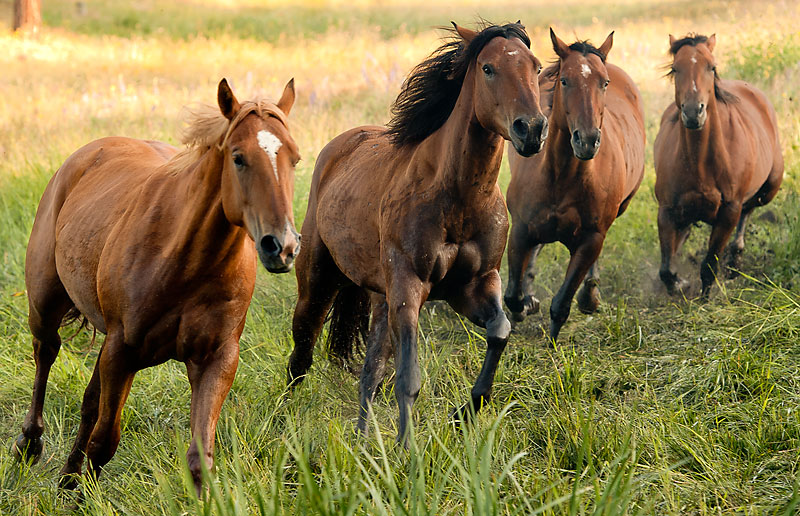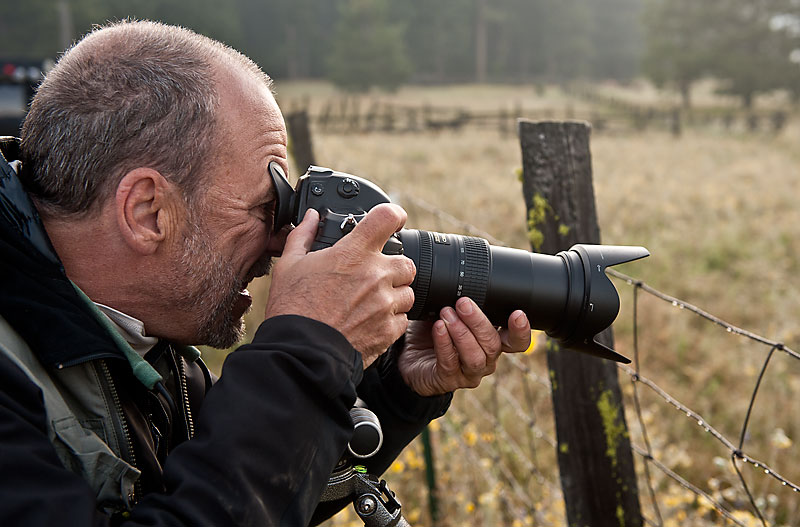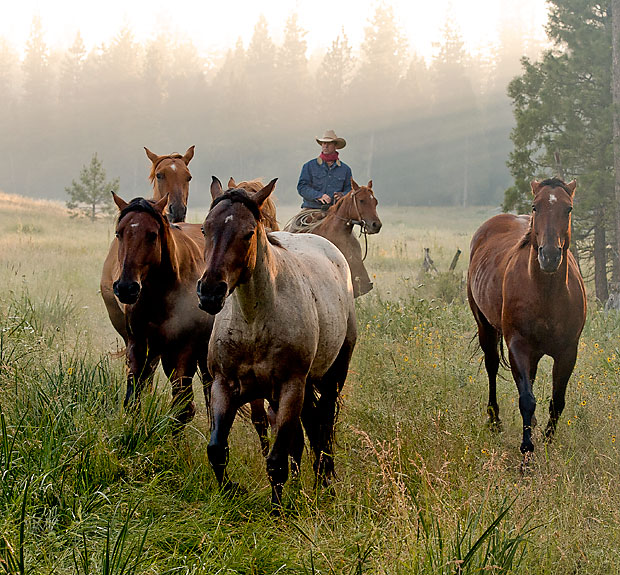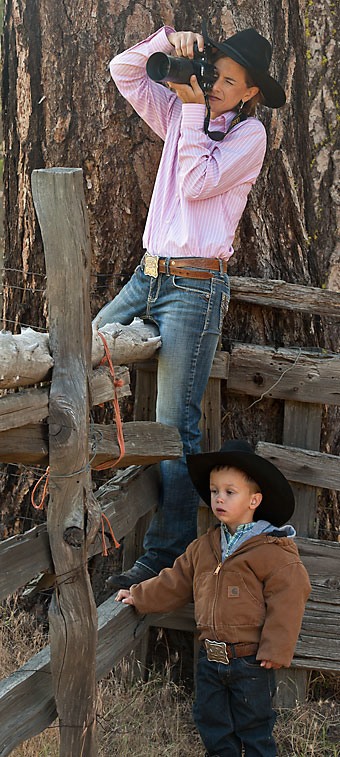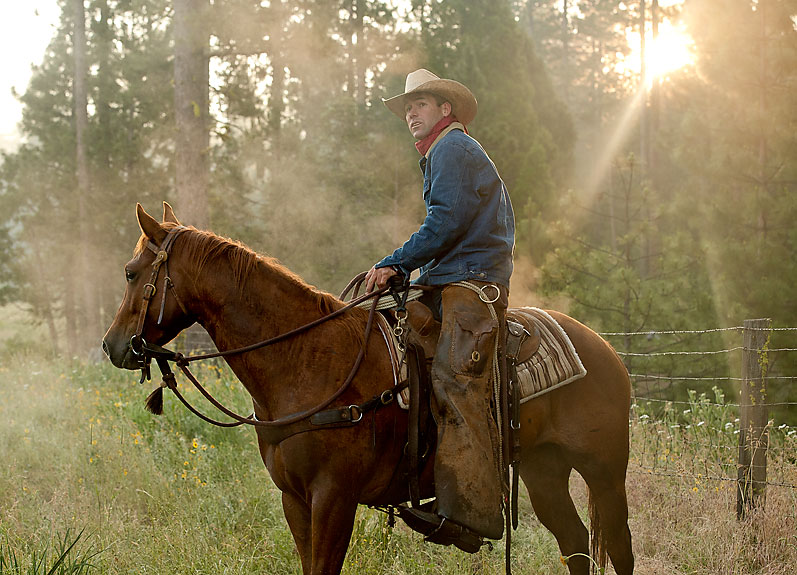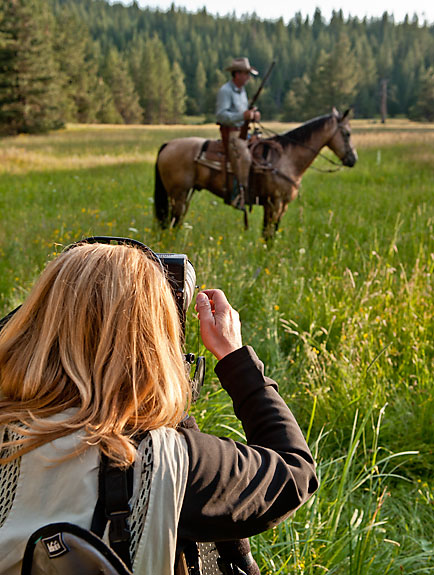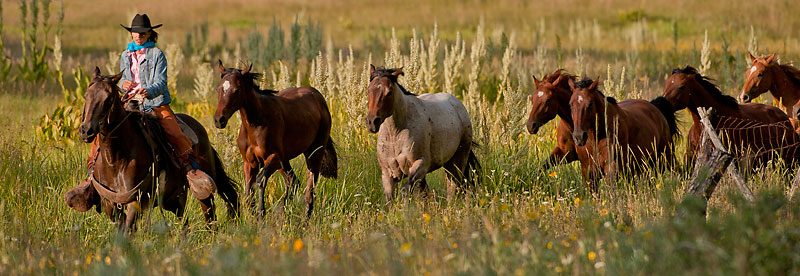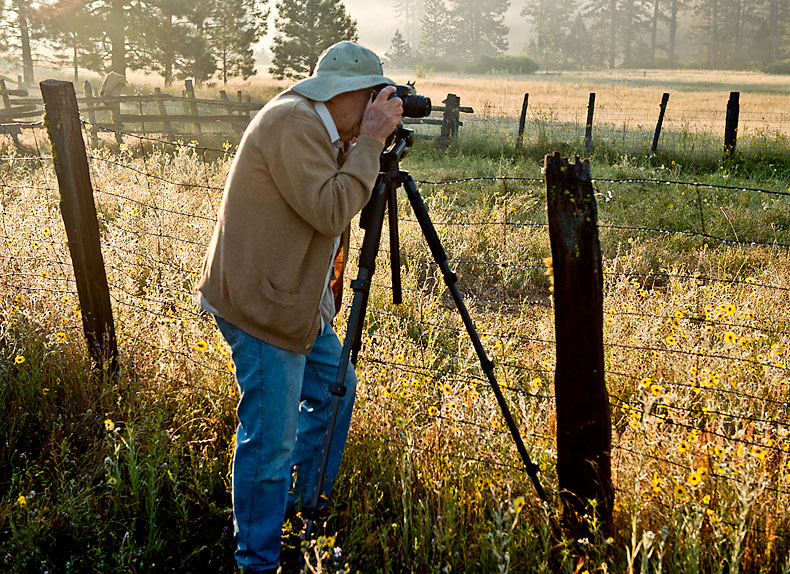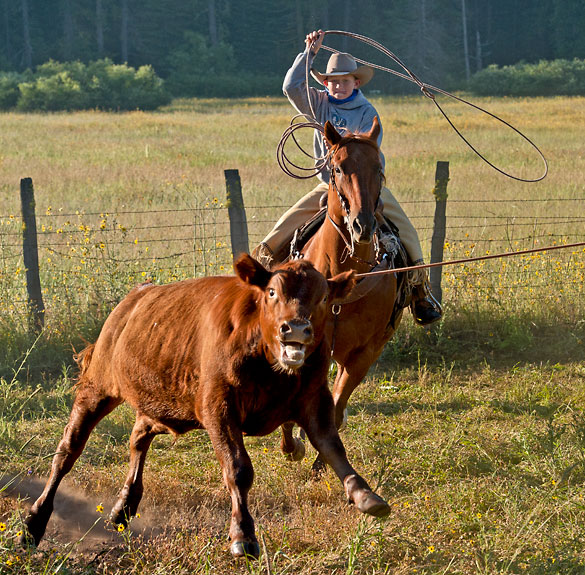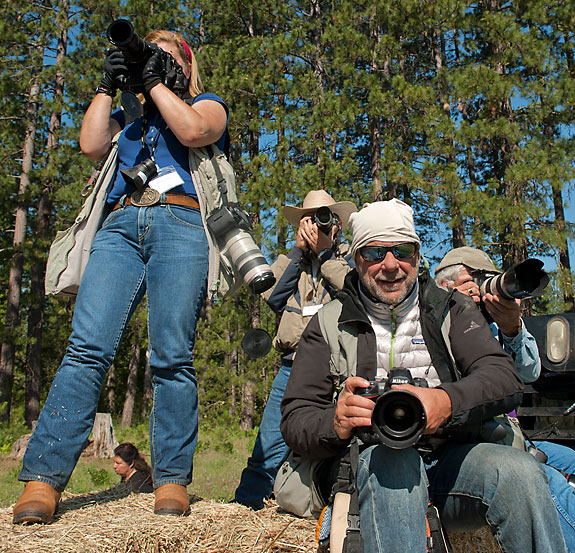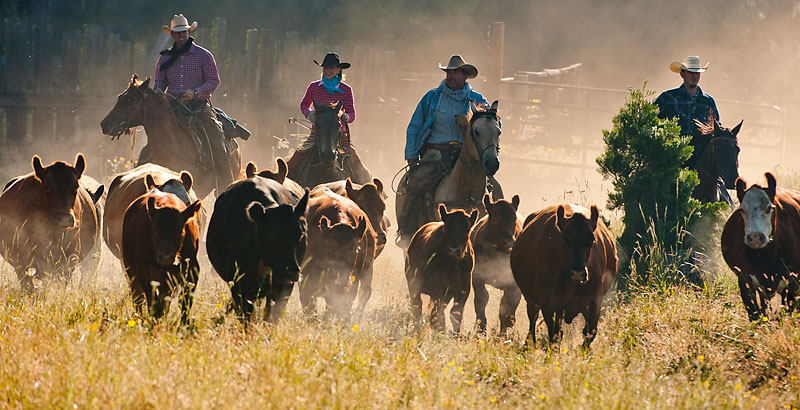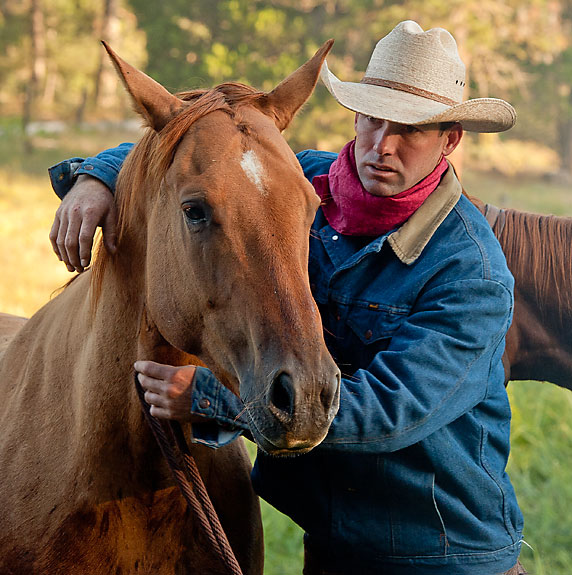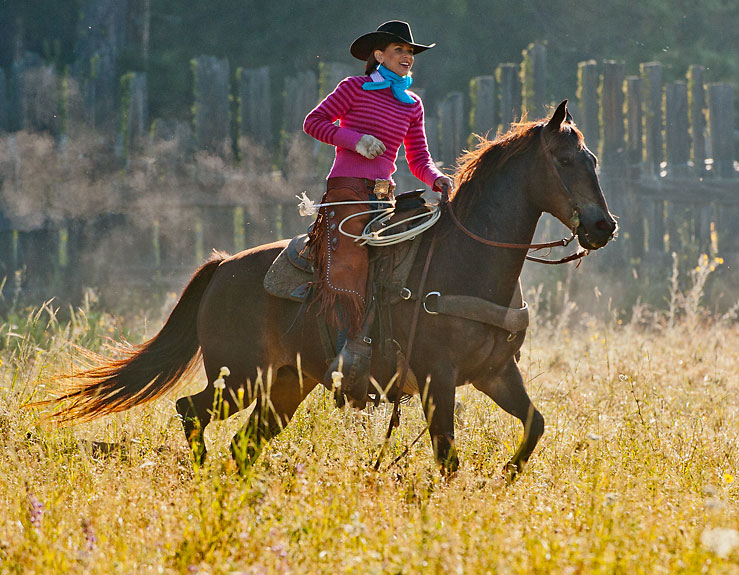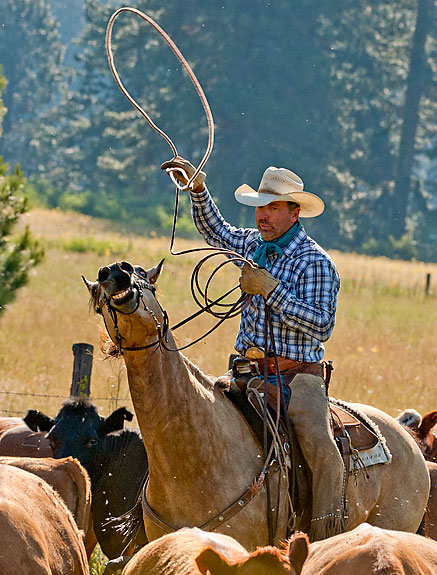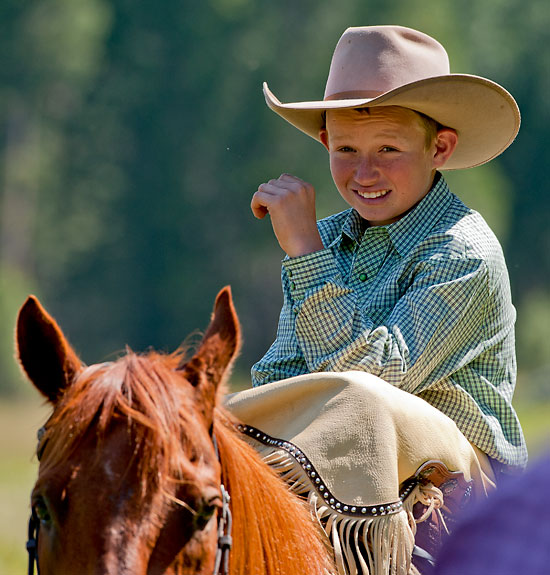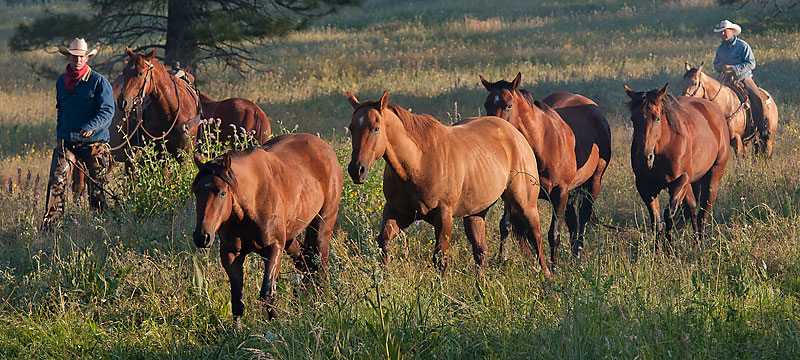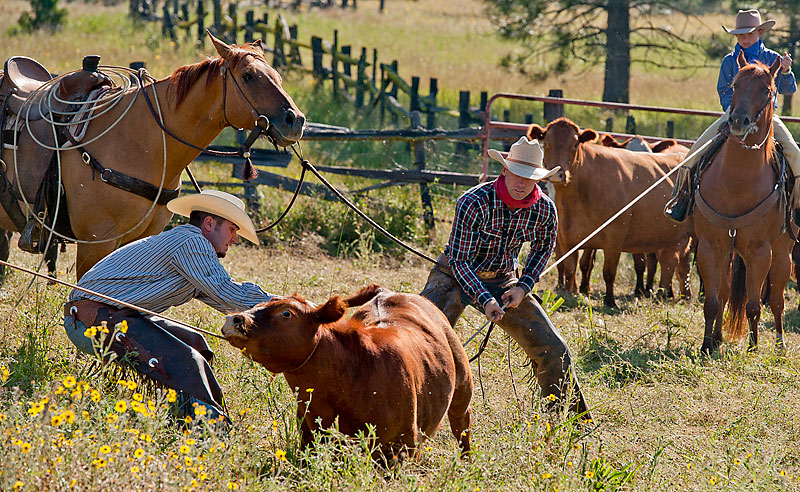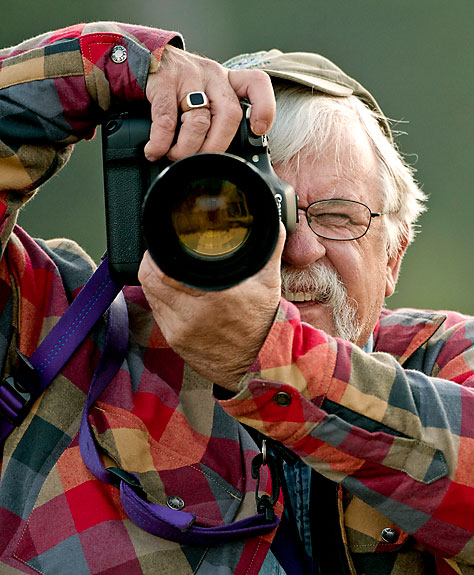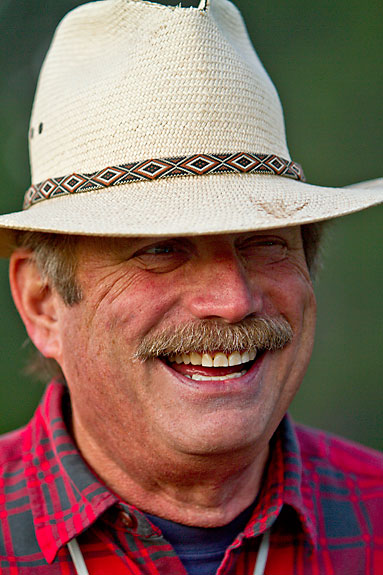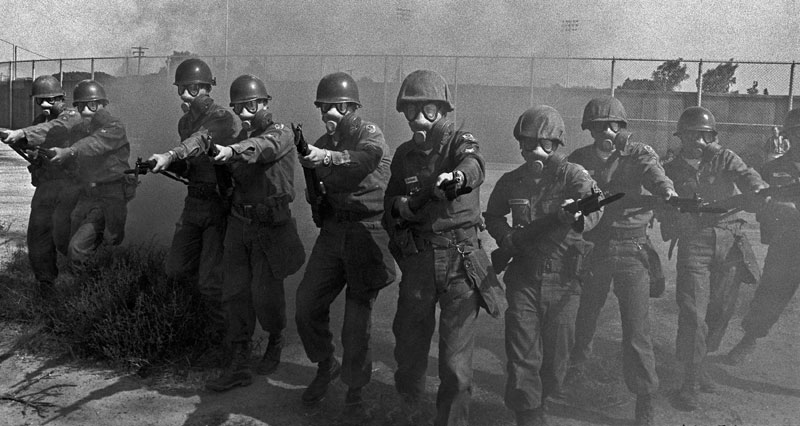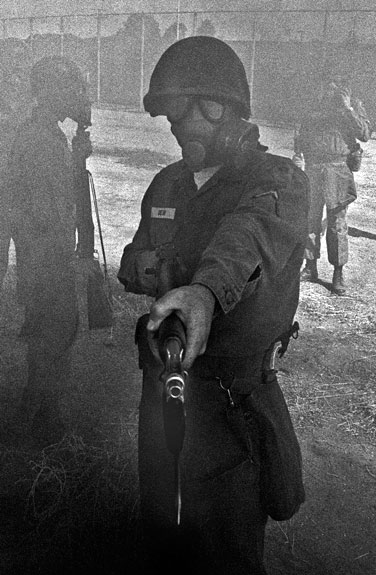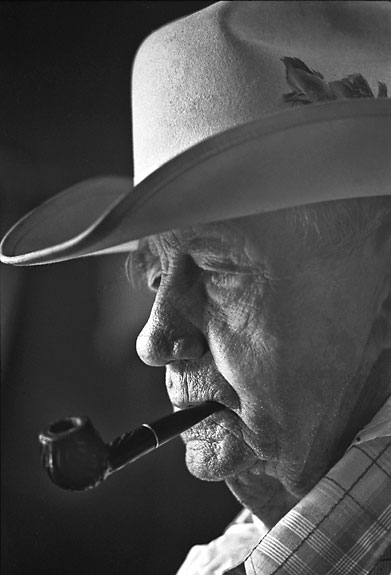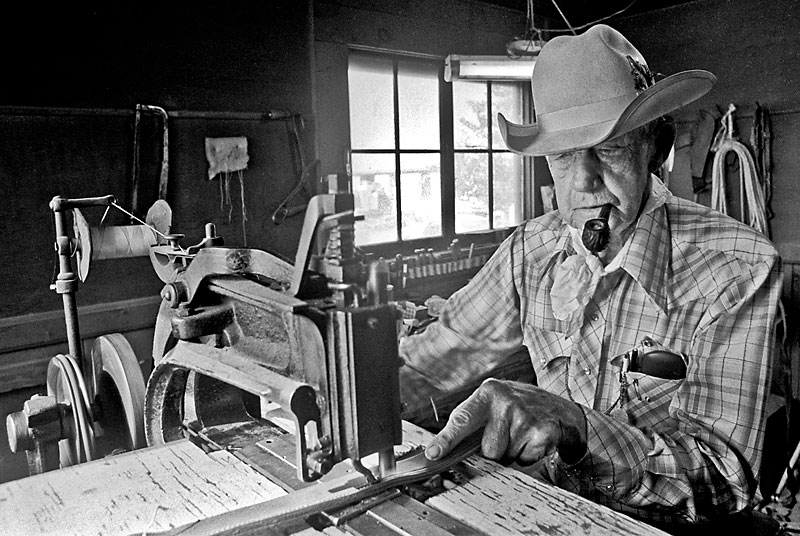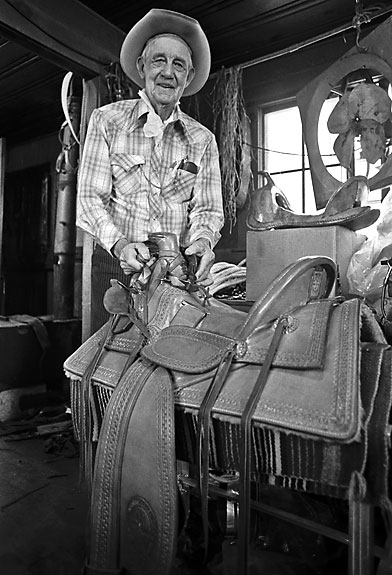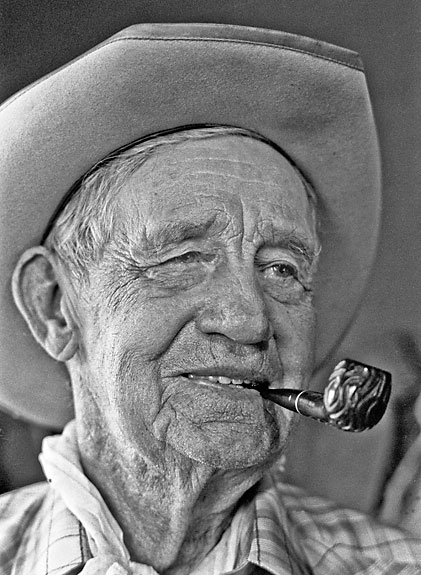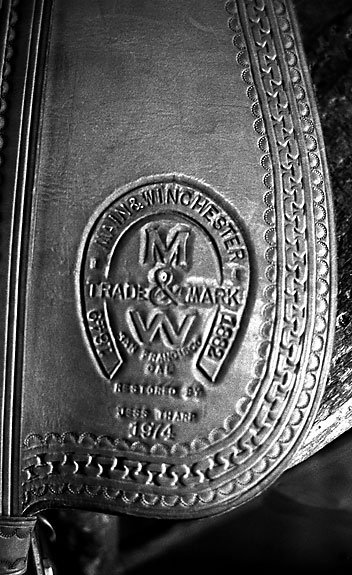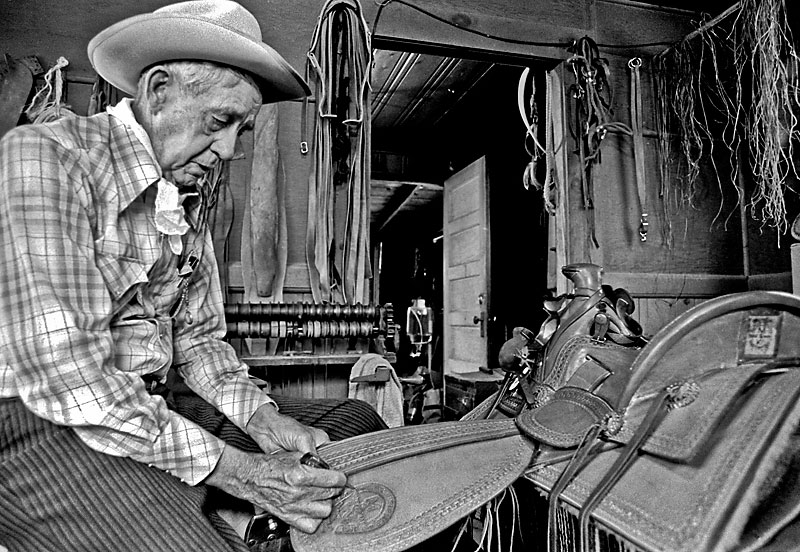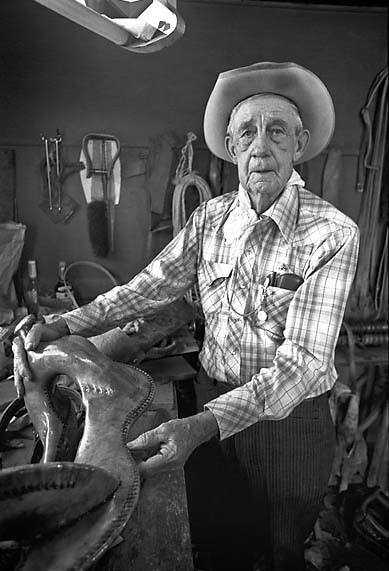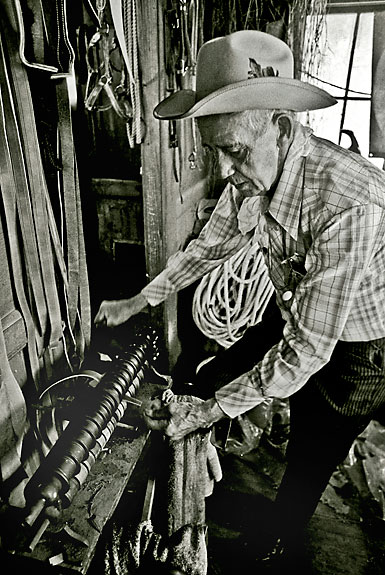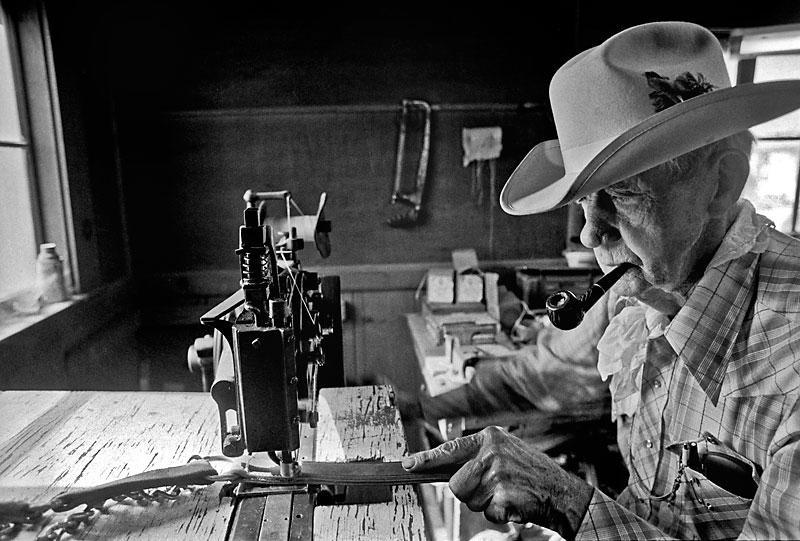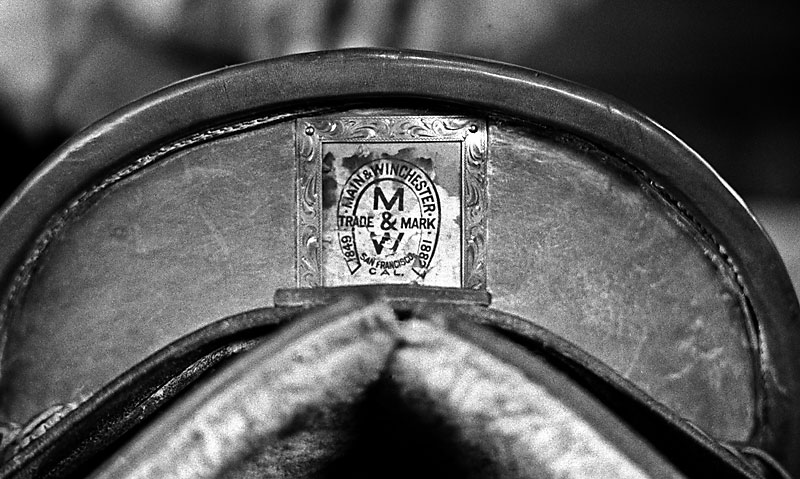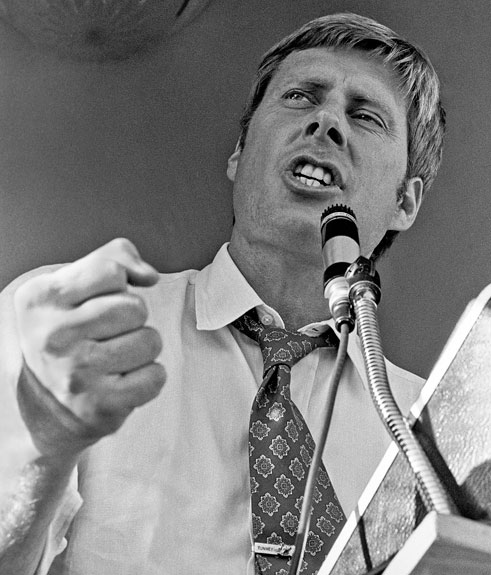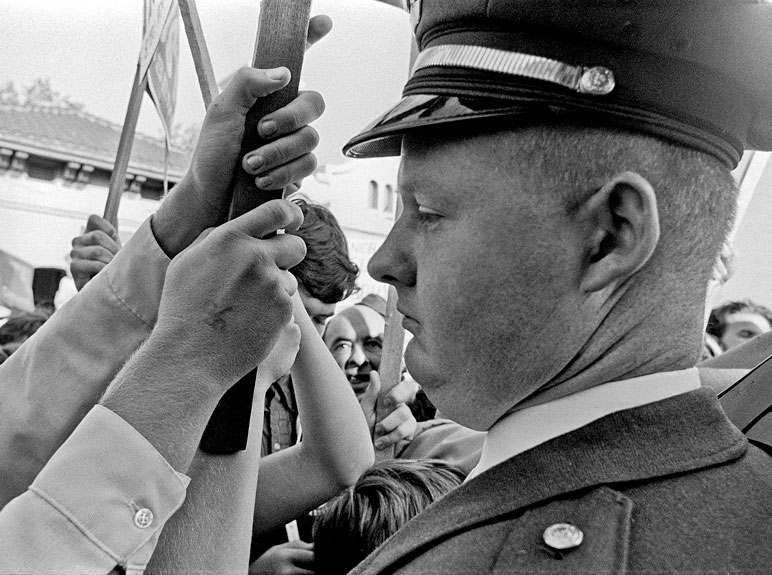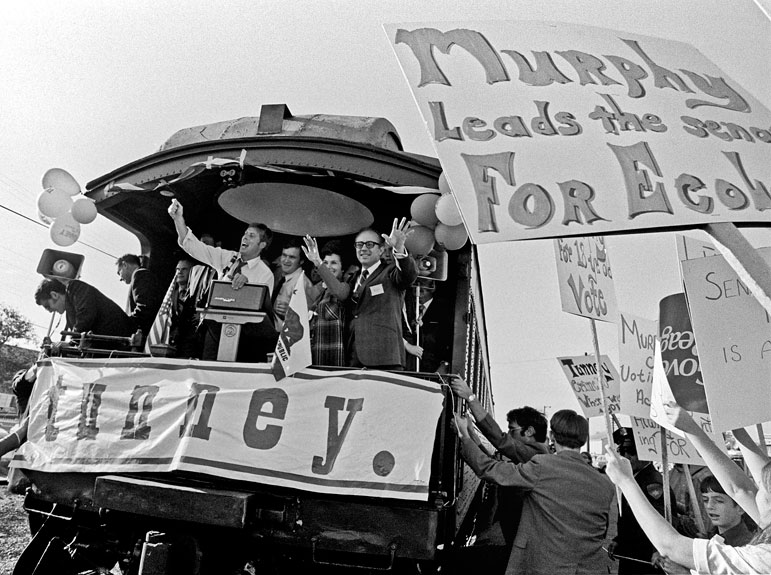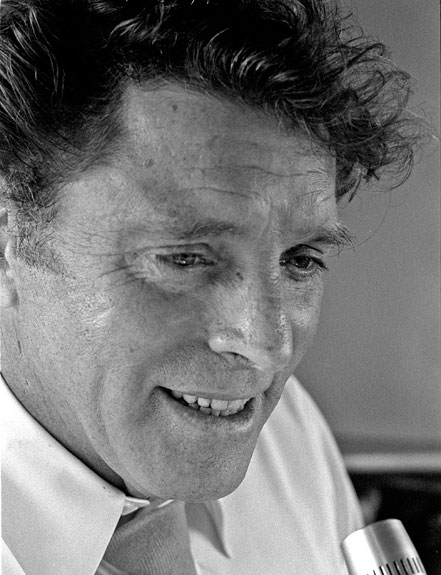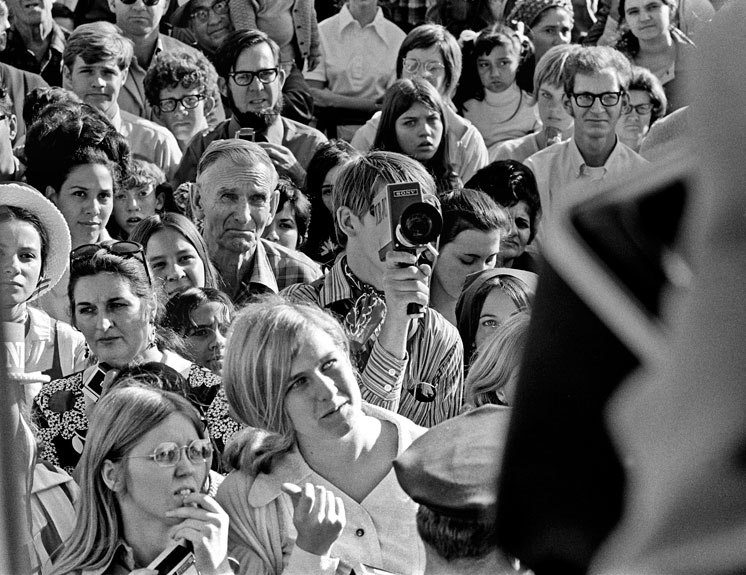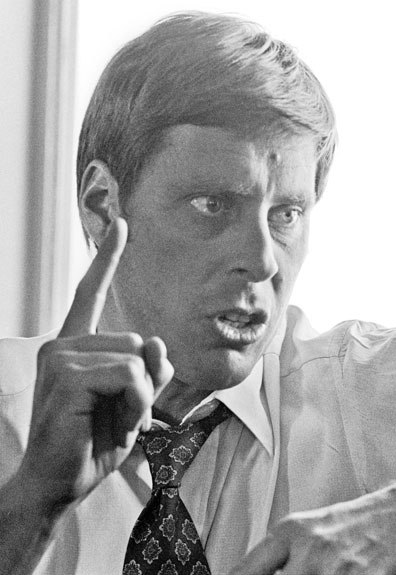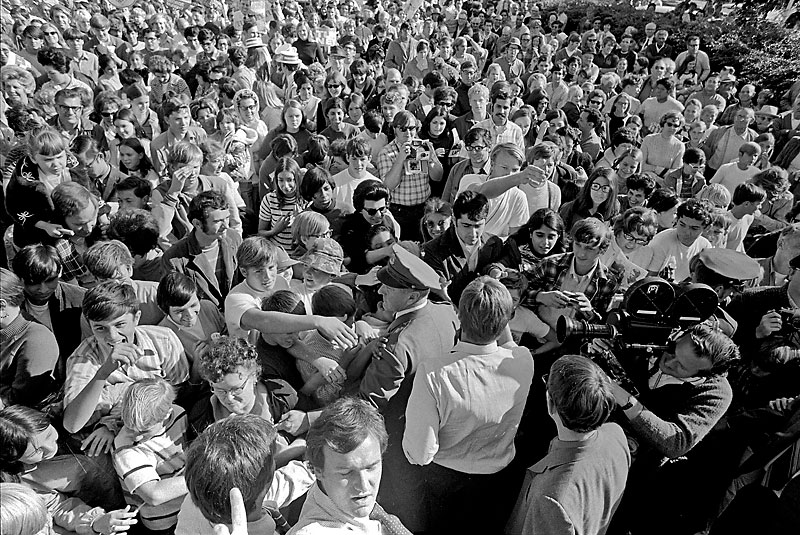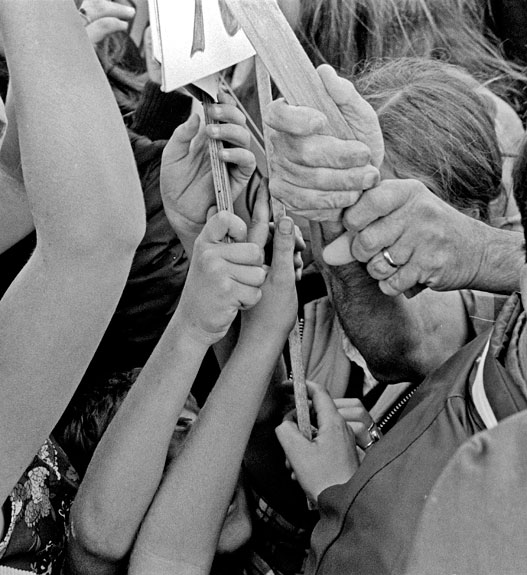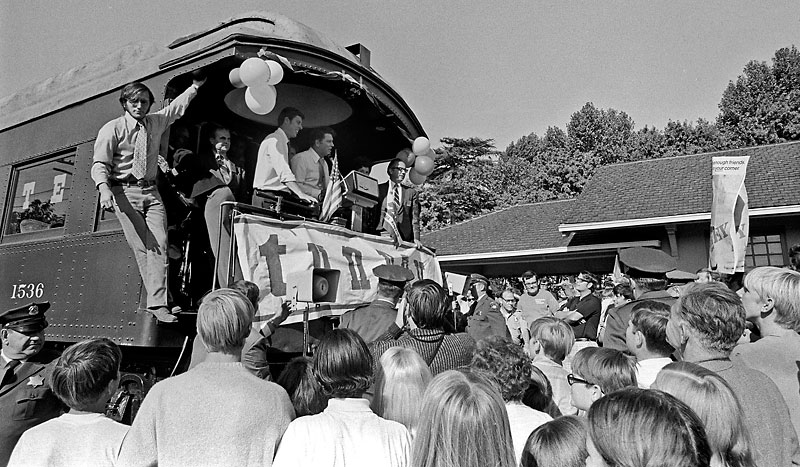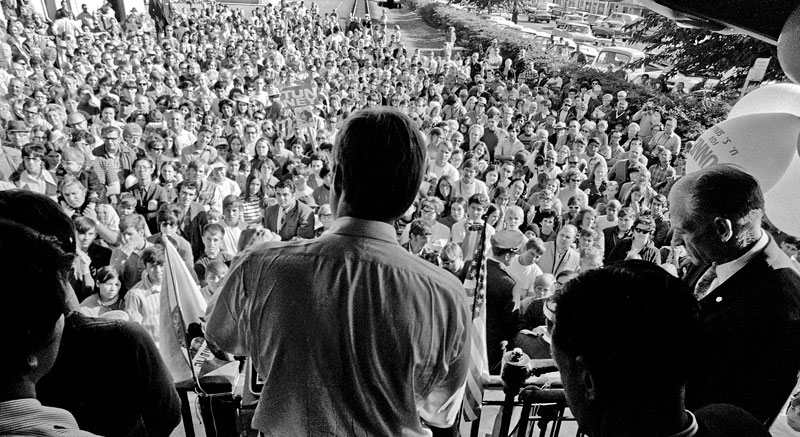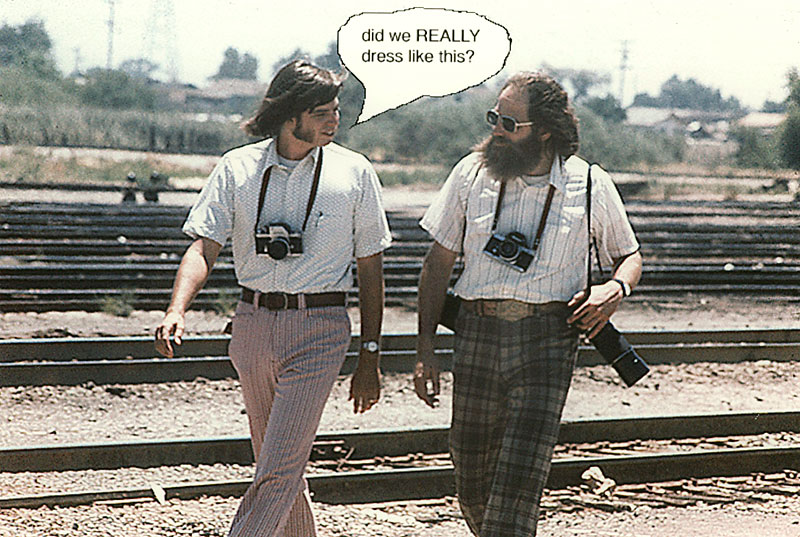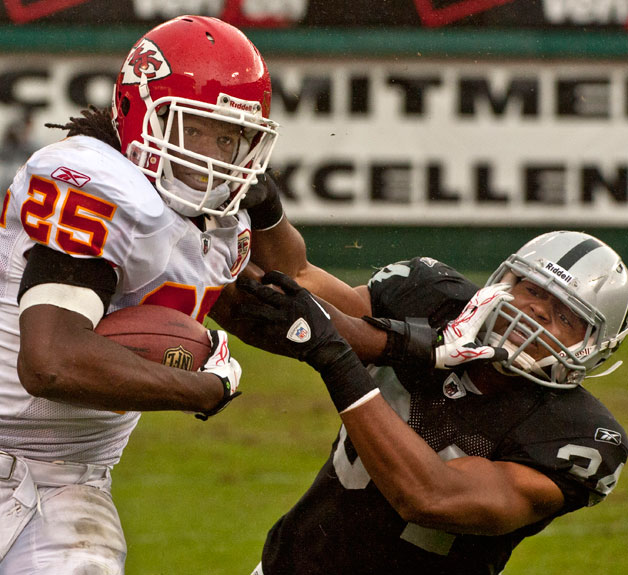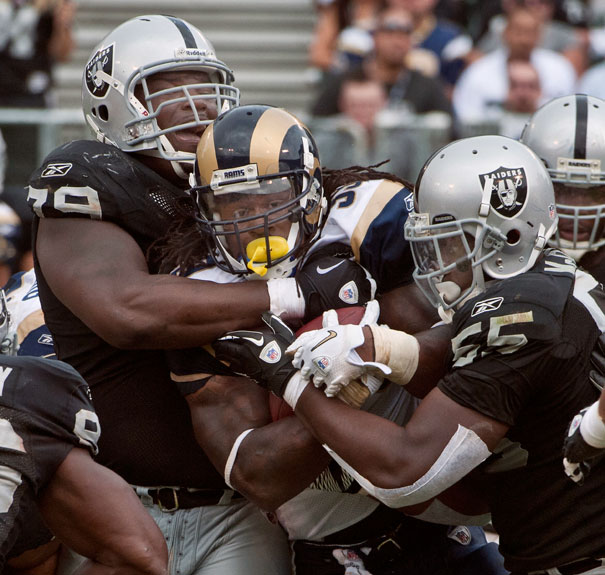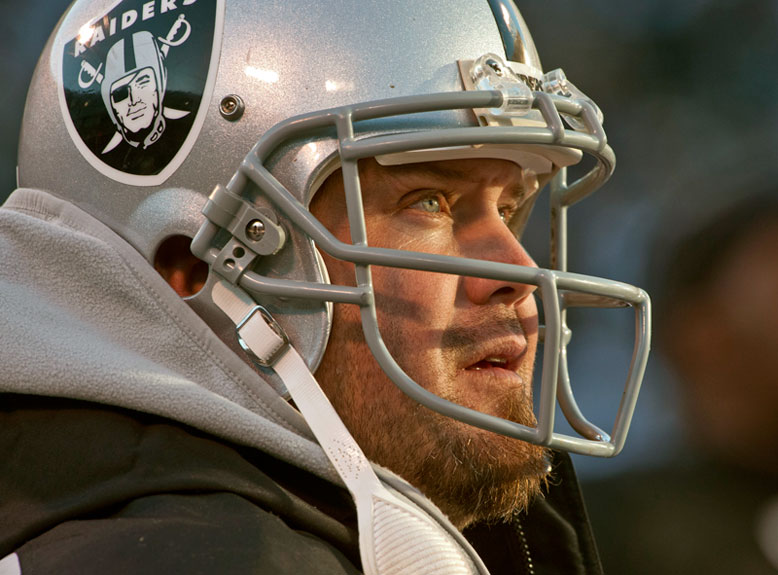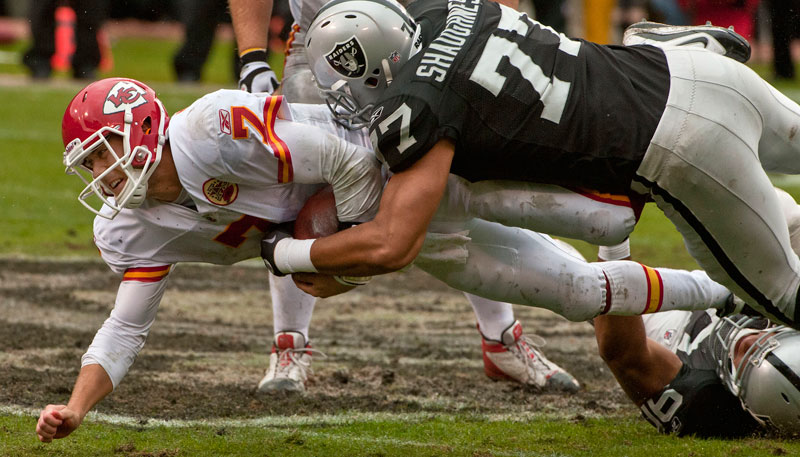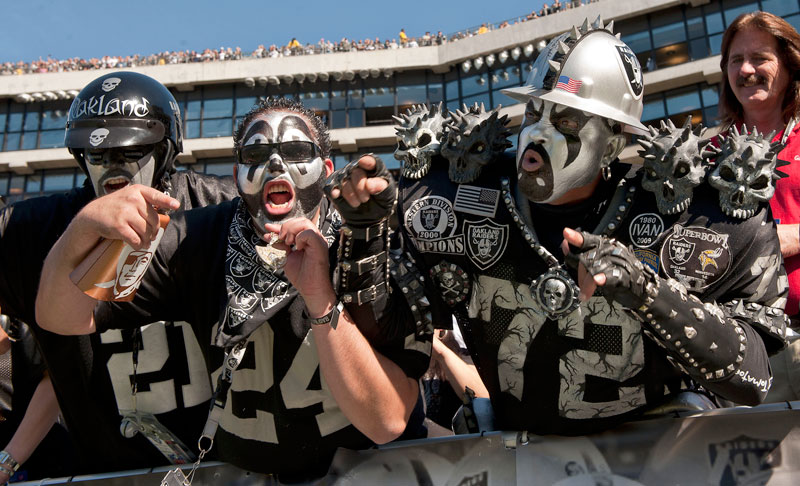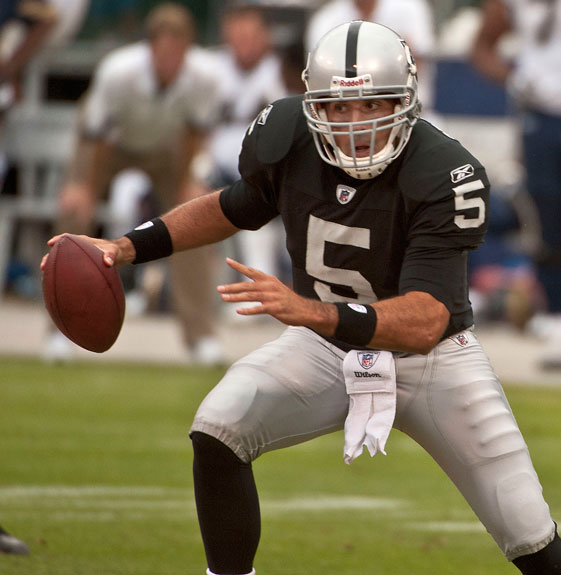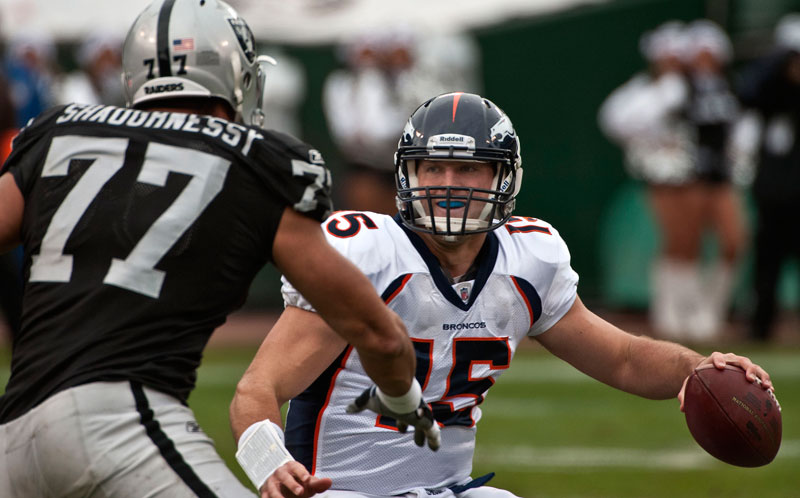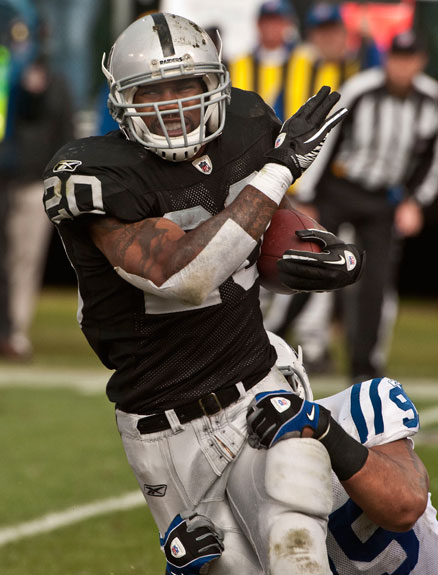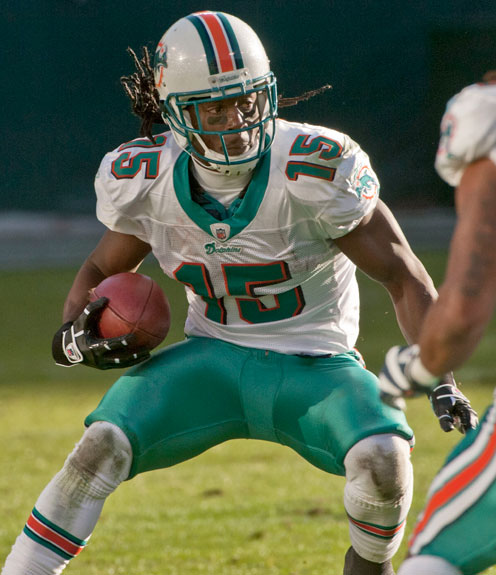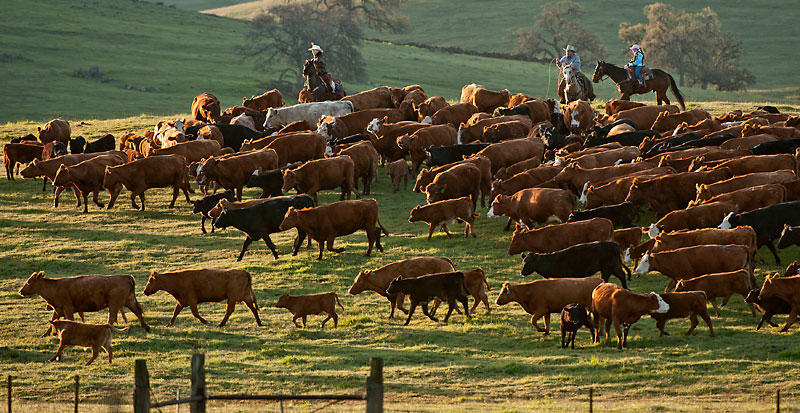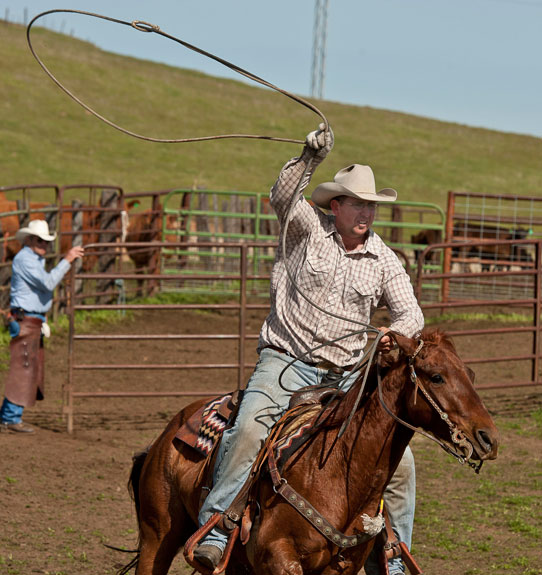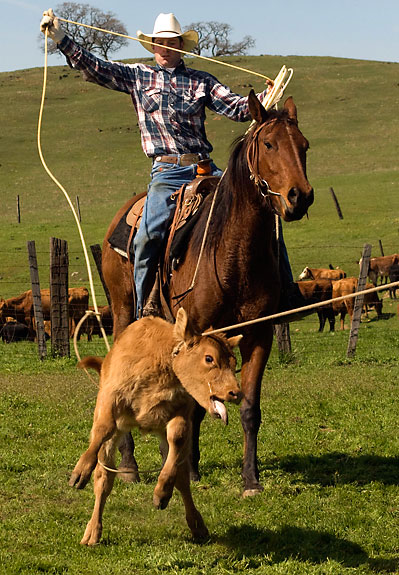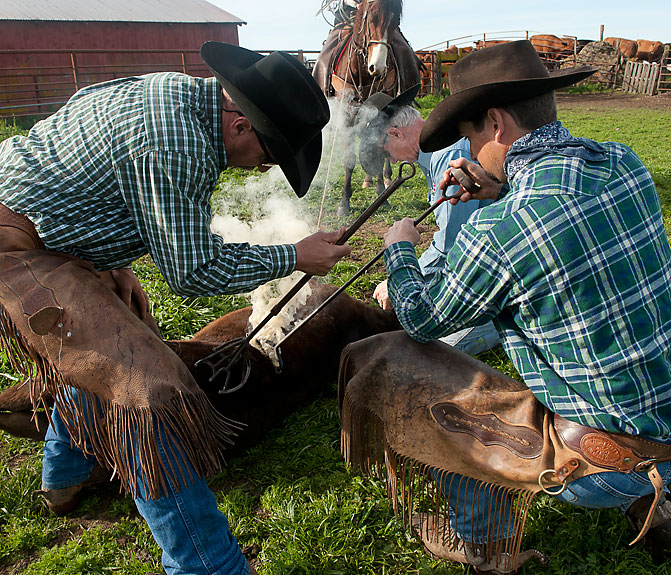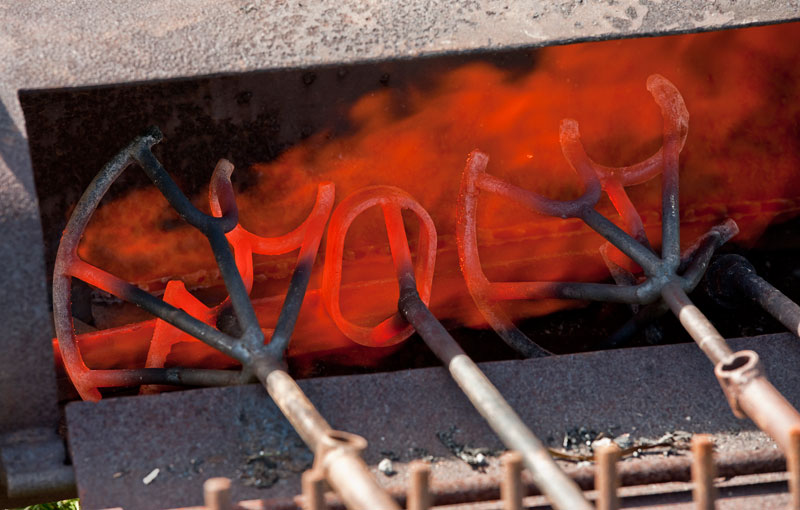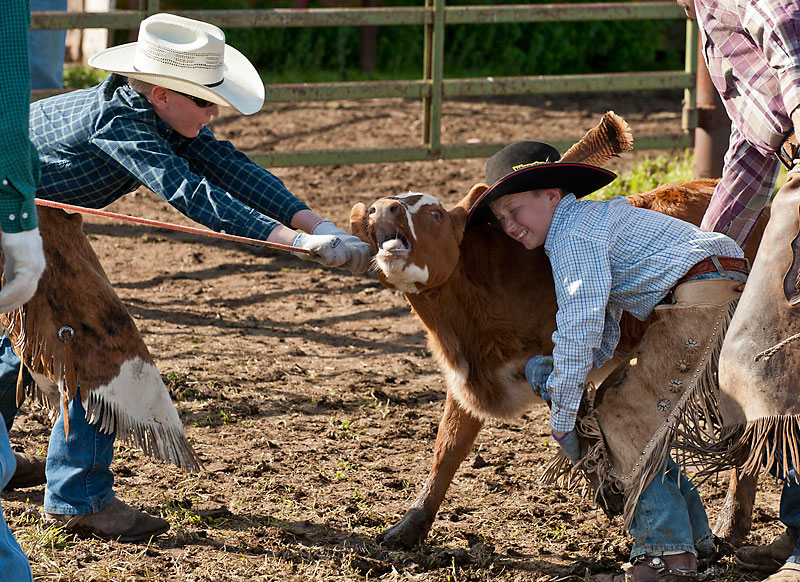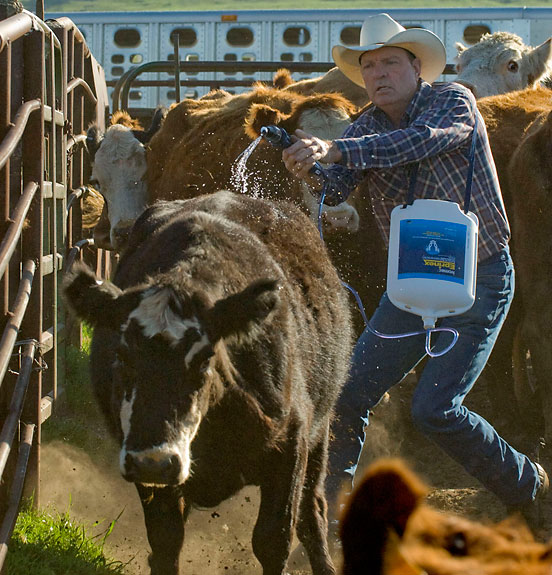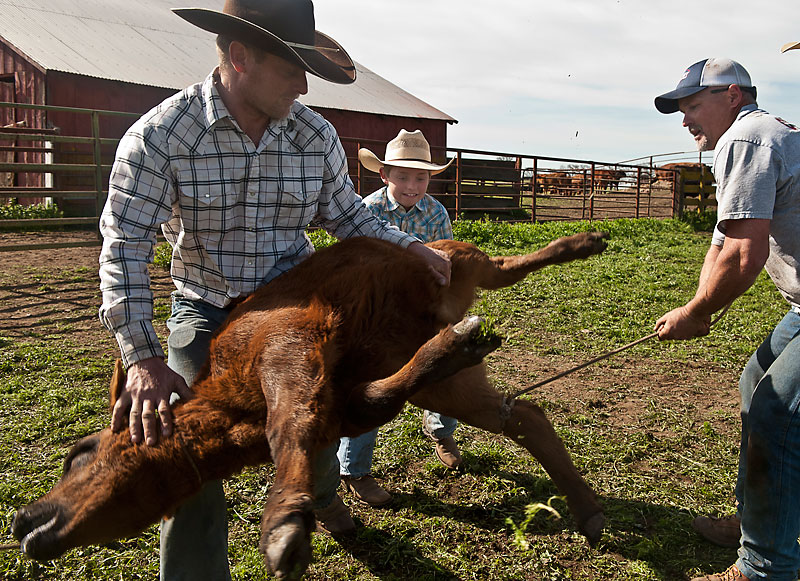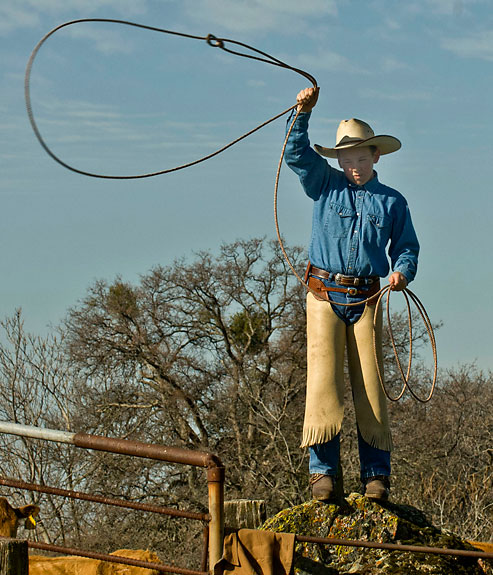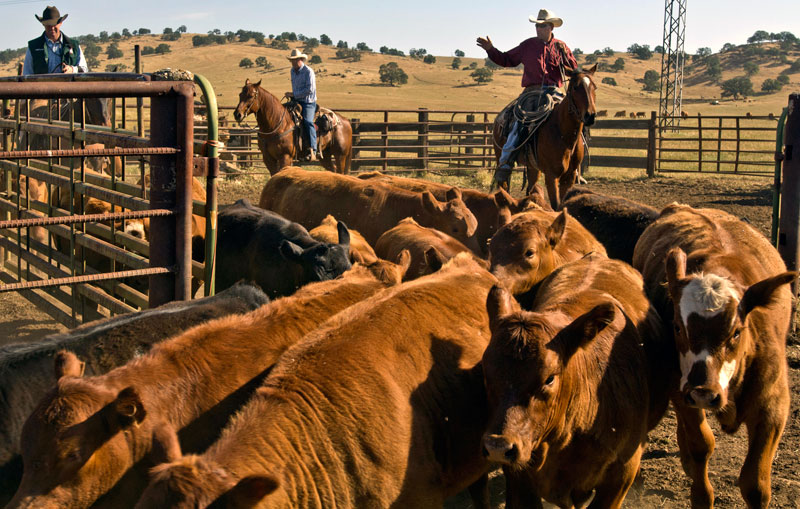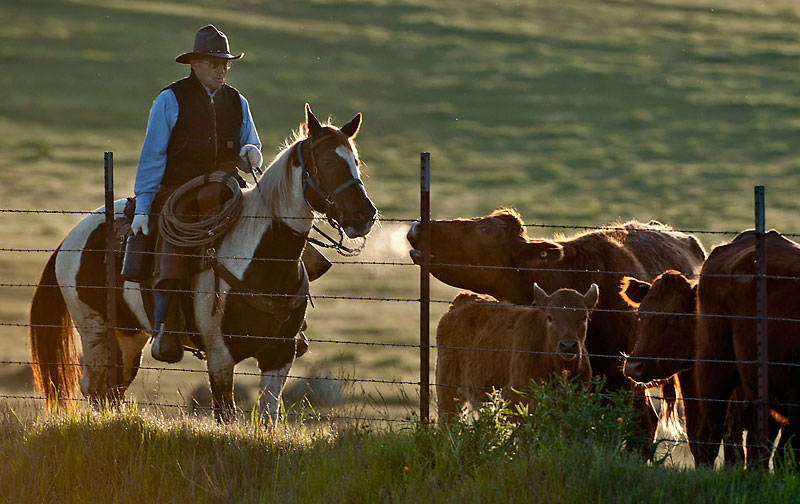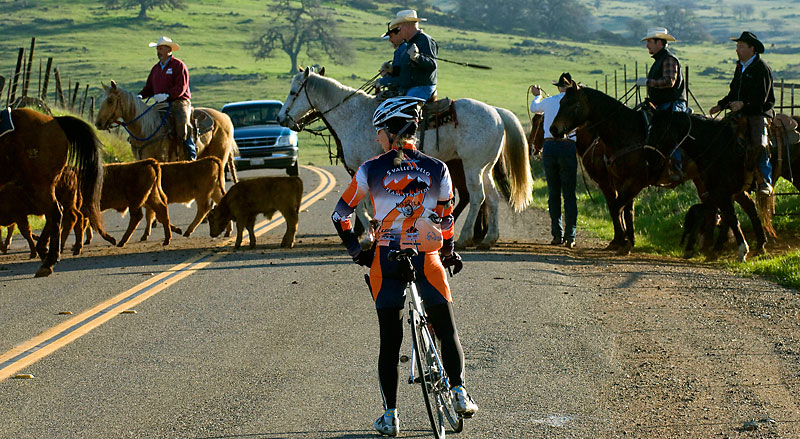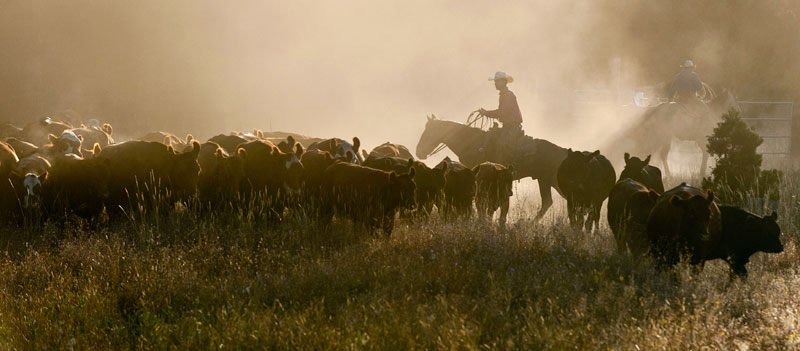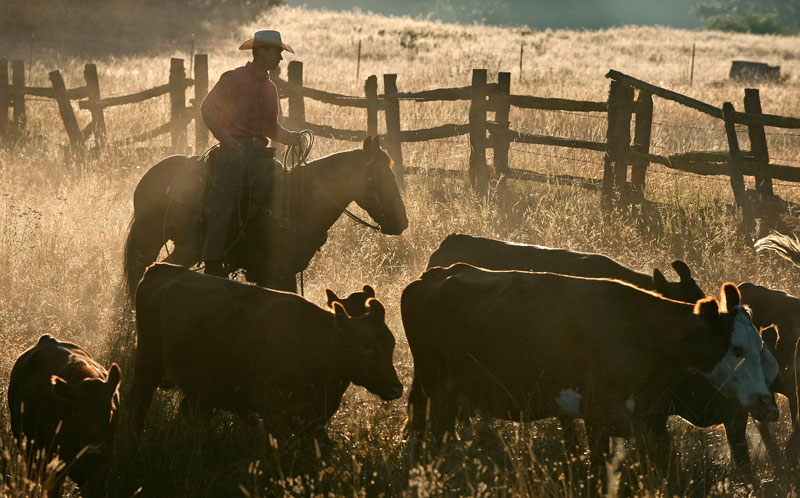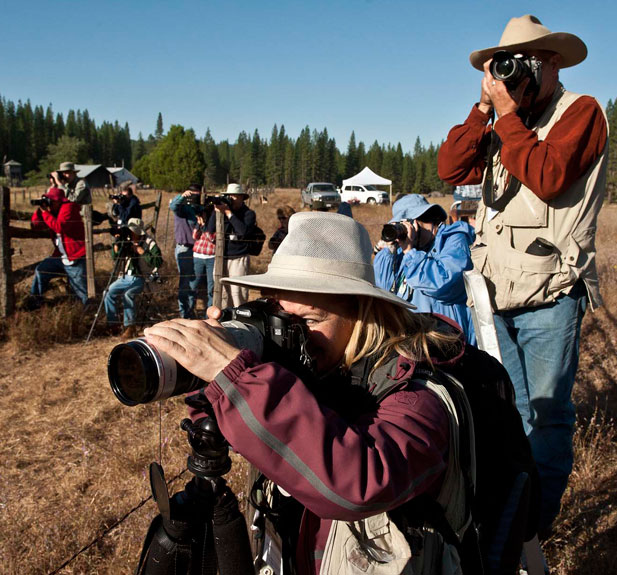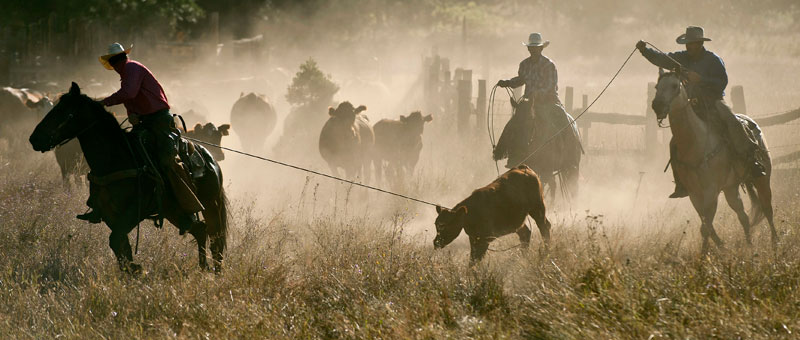Forty-eight years as a photojournalist with forty-seven of those covering Yosemite National Park, and I had never photographed the Bracebridge Dinner. Â Not because the event hasn’t been around – it’s over 80 years old. Â More because when I think about Yosemite the images in my mind’s eye are Half Dome and El Capitan erupting from the earth, icy streams cutting across sharp-grassed meadows, sugar pines, white fir, and giant sequoias soaring into pristine skies. Â I don’t think about the already magnificent Ahwahnee decked out as a 17th century English manor, a seven-course feast of crab, duck, angus beef with-all-the-trimmings-and-then-some, lute players and ladies-in-waiting, jugglers and jesters, and enough yuletide spirit to fill the place to its 34-foot-high beamed ceiling.
At least I didn’t before December 18, 2009. Â But I do now. Â On that memorable evening, I covered The Bracebridge Dinner for the first time. Â While the diners partook of music, merrymaking, and mountains of food, I photographed everything I could get my lens on. Â I immersed myself and my camera in the images of the celebration just as the diners immersed themselves in the spirit of a Renaissance Yule. Â The scents of the meats, pastries, and sauces, the sounds of the trumpets, trombones, and tubas, the textures of the velvets, satins, and furs-all had to be captured in my images. Â I worked intensely, not wanting to miss anything, not knowing what might happen next. Â I had to move around constantly, with hardly a place to pause because the dining tables consumed most of the room and the wait staff and performers filled the rest. Â I held my breath and did a bunch of slower shutter speeds at wide open.
Over 900 images later, the event was over. As the last wine was quaffed and the last mignardise were nibbled, I loaded my equipment into my four-wheel drive and headed for home through the deep snow.  A long evening followed by a long night – the life of the freelance photographer.
Editing was challenging. The event is one richly colored, highly textured vignette after another, but the technical difficulty is at least a 9 (scale of 0-10).  I set my Nikon D3 at 6400 ISO for the entire evening because the giant room was so dark. The shadow-to-highlight ratios were extreme because the high ceilings were lighted by candles and the performers by theatrical spots.  I used my 300 mm f2.8 Nikkor, 70-200 mm f2.8 Nikkor zoom, and 17-35 mm f2.8 Nikkor zoom.
Initially, I edited down to 200 images even though all turned out to be technically acceptable, most even excellent.  The best of these, 51 images, can be seen on Photoshelter. Twelve of the final group are posted here.  They are only a tiny representation of the images I photographed.  But I think you’ll notice that the problem presented by the darkness of the room has been entirely eliminated.  It was a terrific night! I had such a great time that I intend to do it again.
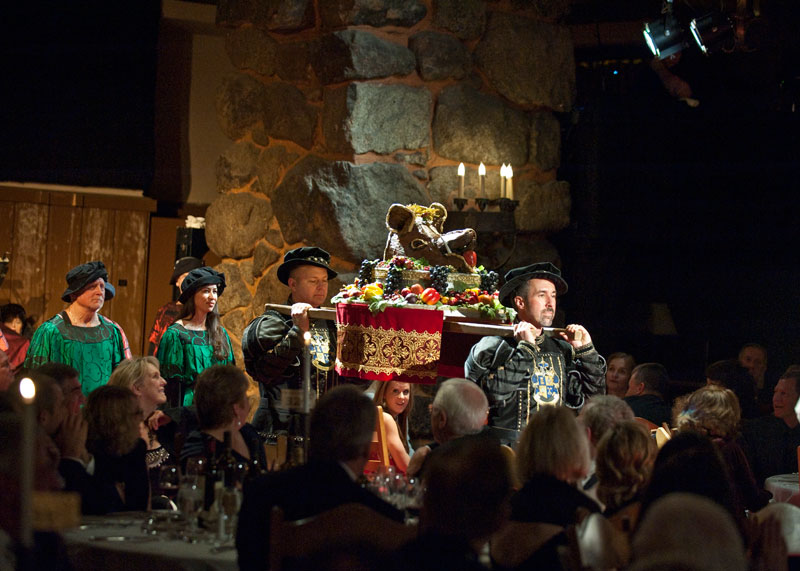
The fifth course, Baron of Beef and Boar's Head, is carried past a magnificent stone fireplace into the dining hall.
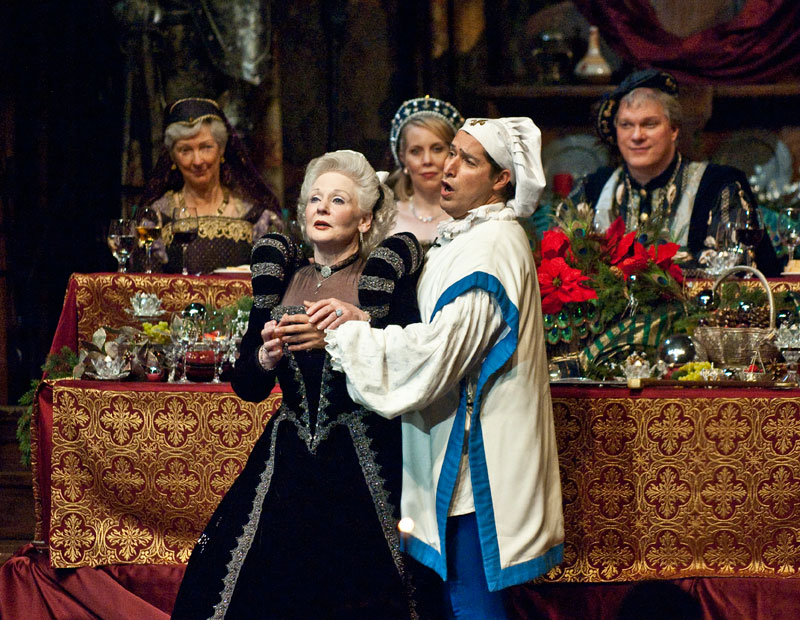
The Housekeeper, played by Andrea Fulton a central figure in every aspect of The Dinner, and the French Chef sing a duet.

